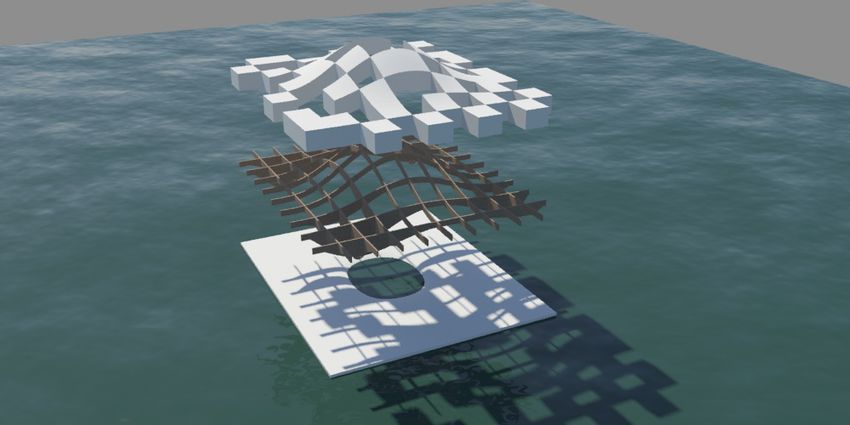project13:Performance
(→Structure) |
|||
| Line 18: | Line 18: | ||
</div> | </div> | ||
| + | |||
| + | =Introduction= | ||
| + | |||
| + | =Structure Diagrams | ||
| + | |||
| + | {{#slideshow: | ||
| + | <div>[[13 steigenga performance diagram01.jpg| 500px]]</div> | ||
| + | <div>[[13 steigenga performance diagram02.jpg| 500px]]</div> | ||
| + | <div>[[13 steigenga performance diagram03.jpg| 500px]]</div> | ||
| + | <div>[[13 steigenga performance diagram04.jpg| 500px]]</div> | ||
| + | <div>[[13 steigenga performance diagram05.jpg| 500px]]</div> | ||
| + | |||
| + | |id=bar sequence=forward transition=fade refresh=3500 | ||
| + | }} | ||
| + | |||
| + | =Section= | ||
Revision as of 16:29, 18 January 2013
Contents |
Introduction
=Structure Diagrams
Section
Accessibility
The routing and place of the project will be defined according to the most important interaction/connection with other projects. Besides that the possible overview from the project over the side will also play an important role. It should have a minimum distance from other projects to guarantee seclusion.
During the 30 day period time should not be an issue. There is no need to hurry. Transport to and from the other projects will mainly be by the island of the Islands Project.
Structure
The structure consists of three parts. 1) A floating element with a central pond. 2) A wooden canopy structure acting as a roof and a support system for 3) the guest's studios. The wooden canopy covers the area for workshops and the auditorium. An extra intervention will be needed to create divisions between the workshop areas.
In the end the whole structure will be covered with sun shading and glass.
Materials
Choosing a material includes deciding upon interactive issues. Some materials offer different possibilities in interactivity than other materials.
- - Concrete;
- - Strong, eternal, durability. Not influencable.
- - Wood, dead or alive;
- - Fabric;
- - Reacting to wind;
- - Steel
- - Viollet-le-duc;
- - Inspired by gothic churches;
- - Interactive elements
- - Materials that can be moved;
- - Materials that can be adjusted;
- - Materials that respond differently to different circumstances;
- - Different levels of interaction based on time scale;
- - People should be able to add to the building. Add materials. Adjust materials.
- - Material Characteristics
- - Floating
- - Acoustics
- - Durability
- - Interactivity
- - Protection against the elements
